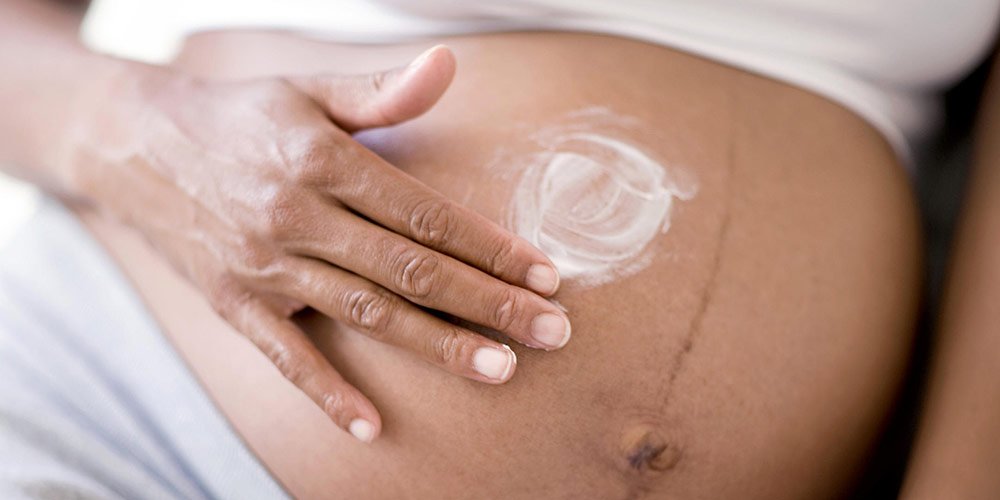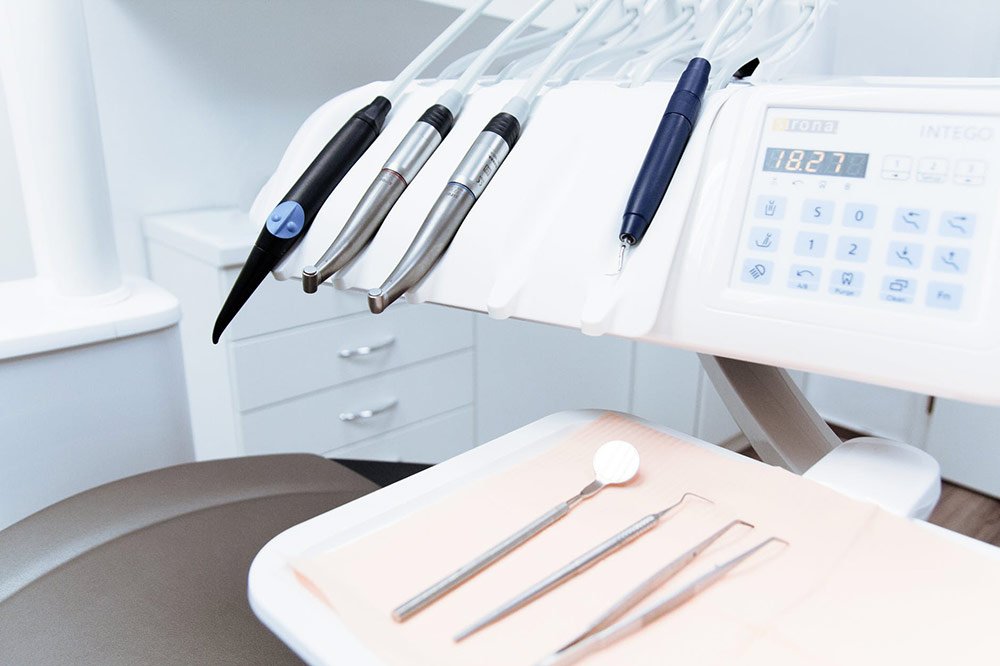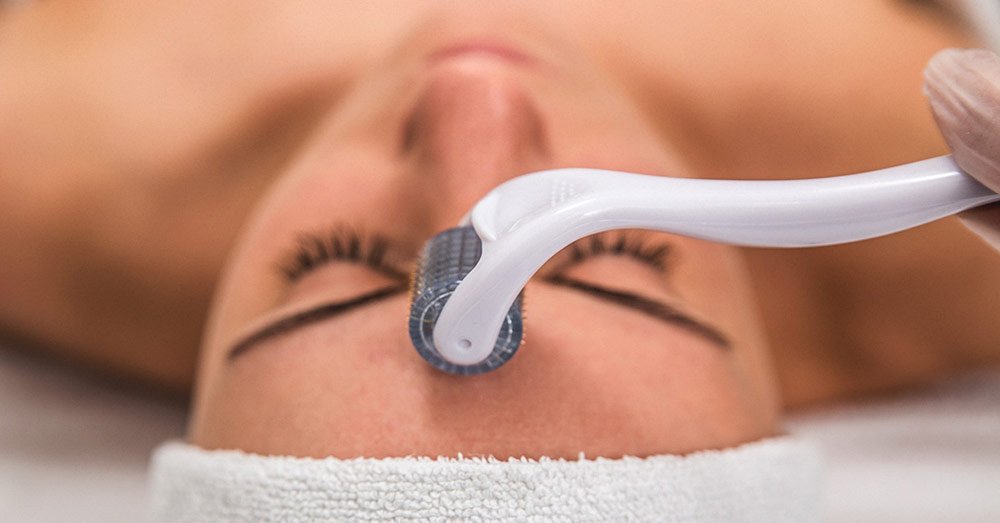Pregnancy is considered one of the most most significant phases that a woman goes through in her life, and it brings with a whole lot of changes – both physically, emotionally, and in the lifestyle you lead. Your daily schedule goes out of whack, you barely get enough time to sleep, your hormones experience an upheaval, and social life becomes a thing of past. But perhaps the most common effect that women experience on their bodies is stretch marks, also considered the badge of motherhood.
The Anatomy of Stretch Marks
The skin consists of three key layers: epidermis (the outer layer), dermis (the middle layer), and hypodermis (the deepest layer). Stretch marks, also known as striae, form in the dermis when the connective tissue is “stretched” beyond the limits of its elasticity due to rapid expansion or contraction of the skin brought on by sudden weight gain or weight loss.
The ideal/healthy weight gain for a pregnant woman ranges from 25-35 pounds. And when you gain approx. 30 pounds in 9 months, the skin stretches more than its capacity. This sudden stretching causes the dermis to tear, allowing the hypodermis to show through, leaving the skin with an off-color hue that eventually forms stretch marks. And since the abdomen, breasts, thighs, and upper arms are the areas that grow the most during pregnancy, these areas are more likely to get stretch marks. They start out reddish or purple but fade into white, silvery lines post pregnancy.
How to Reduce the Appearance of Stretch Marks
A Rich Lotion
While a lotion may not be able to make your stretch marks disappear, it can definitely minimize their appearance. There are plenty of moisturizers you can choose from. For instance, you could look for a petroleum-based moisturizer since it forms a protective seal over your skin and allows it to heal. The ones with collagen boosters and antioxidants help in increase of the production of collagen and reduces hyperpigmentation. Apply the lotion from the first month of pregnancy as a preventive measure, but do consult your doctor before you settle on any one of the lotions.
A Prescription Retinoid Cream
Retinol is an acidic variation of Vitamin A that is produced from animal fats, eggs, milk, and liver. When used in a cream form, Retinol is known as tretinoin cream. Tretinoin cream is used in treating a number of skin conditions. Regular use of tretinoin stimulates the production of new collagen and regenerates the skin, which makes it quite effective in healing stretch marks. A study published in the American Society of Dermatologic Study in 2014, showed that regular use of Retinol over 16 weeks could reduce the appearance of stretch marks older than few months.
Please note: A prescription retinoid cream is not recommended for women who are pregnant or nursing. It can, however, be started once you’re off the lactation phase.
Lasers
Dermatologists in Delhi now use fractional lasers – Erbium YAG & QSW Nd:YAG – to treat stretch marks. During the treatment, laser energy micro beams are used to break down the skin tissues in specific areas. By creating ‘mini wounds’, this process triggers the production of collagen and epithelium, which aids the growth of new, healthy skin tissues over the stretch marks. As the skin heals naturally, the new layer is devoid of stretch marks and fine lines.
Please note: The treatment works best when the stretch marks are new and red in color and can be faded significantly. With older stretch marks, the results are less pronounced, and they can only be reduced to some extent. The procedure can be started immediately after the delivery and can be considered by women who are lactating also.
Micro Needling With Radio Frequency
This treatment is often used to smoothen out fine lines, wrinkles, and acne scars. But it also works wonders for reducing post pregnancy marks that are older than four months. During the process, fine needles penetrate the dermis to “traumatize” the skin. This kickstarts the production of collagen and elastin through the body’s natural healing process. It also uses radio frequency laser to heat the skin underneath to speed up the process and tighten the stretch marks. A total of three to five treatments are advised, depending on your marks. If you’ve undergone a C-sec, the stitches should be healed, if we’re targeting the area around the abdomen also.
Self Tanner
If you’re looking for a less permanent solution or a quick-fix, a self-tanner can come in handy. It can obscure your stretch marks by temporarily dying the first layer of your skin, making your marks look less noticeable.But before applying the self-tanner, make sure you scrub off the dry skin or the tanner will fade faster. Also, this is just a camouflaging option, and the results aren’t long term.
For most women, stretch marks are the unavoidable after effects of having a baby. And while those stripes are absolutely worth the little bundle of joy you bring into the world, you’re no longer obligated to live with them all your life. From preventive measure to post-delivery treatments, there are plenty of options you can choose from to reduce the appearance of stretch marks – so that happy memories and adorable baby pics are the only things that stay with you after childbirth.



